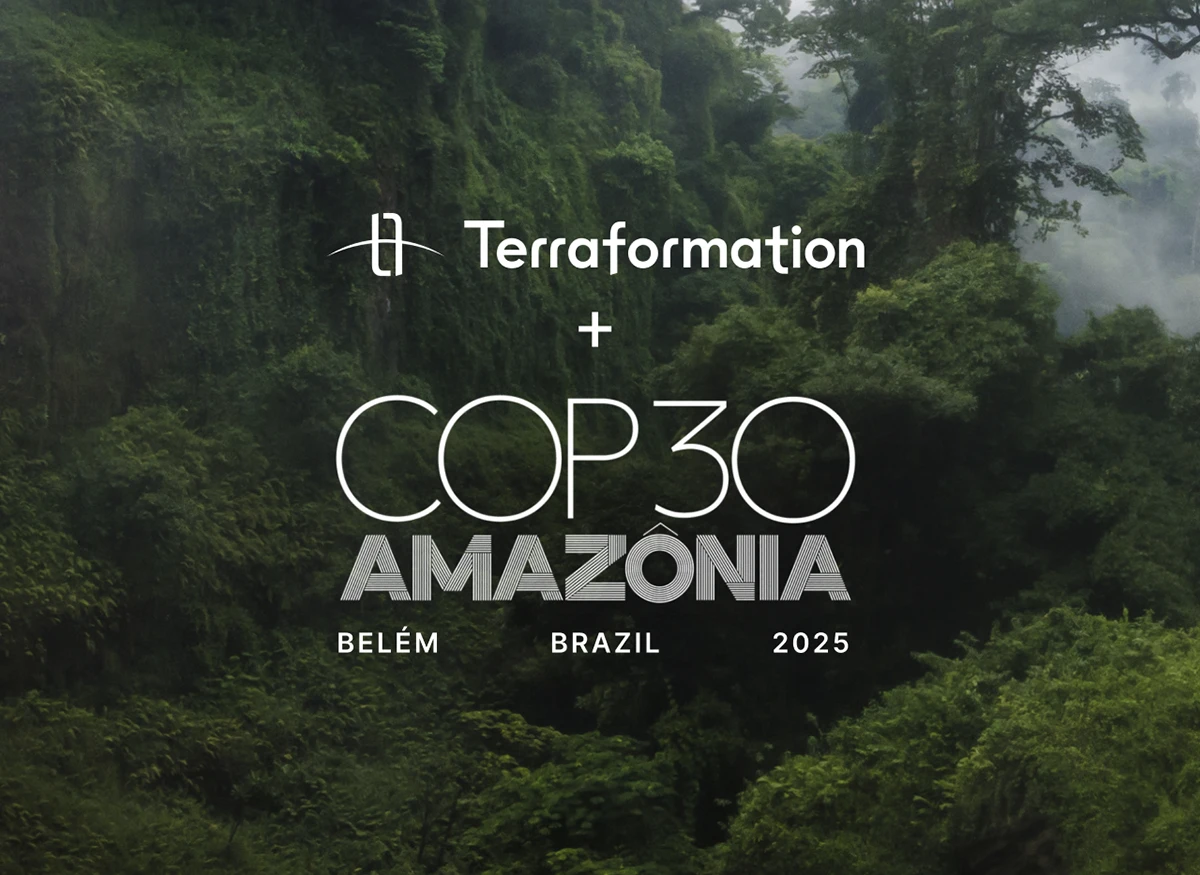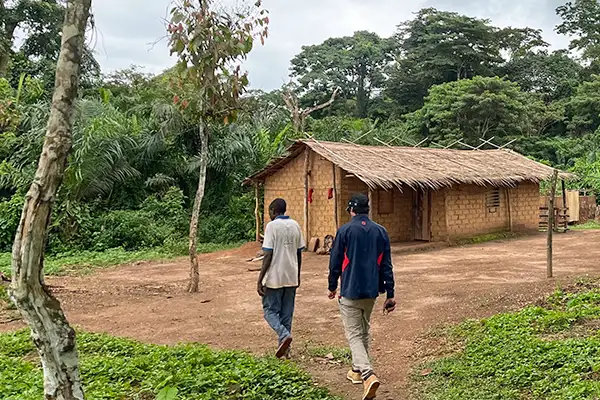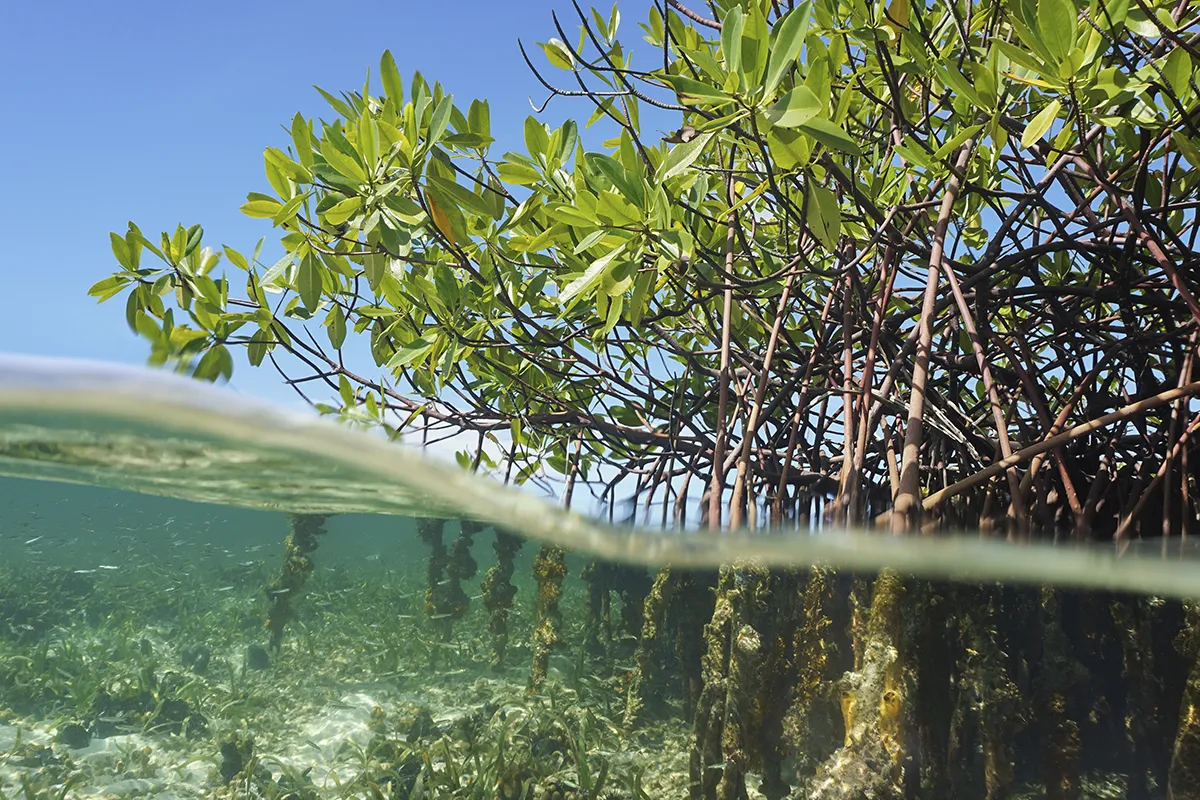The Power of Carbon Credits: Financing Our Planet’s Future

When it comes to sounding the alarm about the imminent risks of our warming planet, the IPCC — the UN body responsible for advancing knowledge about climate change — does not mince words. Their 2022 report reveals that we have only “a brief and rapidly closing window” in which to reduce emissions and stem the worst effects of rising global temperatures.
This means that carbon credits are an ever more important tool in the fight against environmental catastrophe. But carbon credits and markets are poorly understood outside their niche, and misconceptions are rampant.
The perception persists that they allow corporations to simply buy their way out of reducing emissions. And in the media, investigations that rightfully expose flawed projects often generalize the issues across all carbon projects, including those with very different approaches and methodologies.
Carbon credits, from the ground up
The carbon credit market was created as a way to hold companies accountable for their emissions of the greenhouse gases (GHGs) that lead to global warming. The primary GHG of concern is carbon dioxide, and a carbon credit represents a reduction or removal of one metric tonne of carbon dioxide equivalent (CO2e) from our atmosphere.
This system emerged after the establishment of the first international agreement to cut emissions, the UN’s Kyoto Protocol (1997). Clearly, it’s better to cut emissions than to purchase credits to offset continuing emissions. The 2015 Paris Agreement, as well as the regulations of individual governments, creates a framework for countries to do just that.
In practice, though, some emissions are very difficult to reduce, especially when a company does not have direct control over them, such as emissions created within a company’s agricultural supply chain. In some industries, such as air travel, a high degree of emissions remains unavoidable; even the most energy-efficient airplanes still need fuel.
By putting a monetary value on each tonne of carbon, the system incentivizes corporations to find ways to reduce emissions. The higher the cost of offsetting, the greater the incentive to reduce even the most difficult-to-address emissions. And by purchasing credits, they pay for projects or programs that are actively working to mitigate the CO2 they continue to produce.
Credits are divided into three basic types:
1. Reduction, which is measured against baseline emissions. A common example is cookstove projects, which replace fuel-inefficient stoves with more efficient versions.
2. Avoidance, based on the higher emissions that allegedly would have resulted if the project had not been implemented. "Avoided deforestation," for example, generates credits by demonstrating that an existing forest, which would have otherwise been cut down, is preserved.
3. Removal, which demonstrates actual removals of carbon dioxide from the atmosphere. This can be achieved through natural means, such as newly planted forest or the restoration of areas that have been deforested for a long time and face barriers to recovery, or engineered methods, such as direct-air carbon capture.

So how do carbon markets work?
The markets in which carbon credits are bought, sold, and traded fall into two categories: compliance and voluntary. Each uses a different system to manage credit transactions.
1. Compliance markets handle carbon credit trading as part of government-mandated emissions reduction programs. These operate on a cap-and-trade system and are regulated by the entities that set the mandates, such as the EU, China, and the state of California.
2. Voluntary markets are used by companies, organizations, and even individuals who are not required to reduce their emissions but are doing so voluntarily. The voluntary carbon market (VCM) is a project-based system, rather than cap-and-trade, and its standards are developed and maintained by certification agencies such as Verra and Plan Vivo.
If a company is not required to reduce its emissions, why would it choose to pay for carbon credits? There are many reasons: pressure from customers, members, or shareholders to become “greener,” the reputational risk of doing nothing, or the reputational benefit of demonstrating environmental values.
In some cases, companies also anticipate future mandates to reduce emissions and have chosen to be proactive now rather than reactive later.
Both market types are essential to the efforts to address the climate crisis, and governments are increasingly working to establish and refine both market types. Carbon markets also offer a bridge for companies to transition to carbon-neutral operations and contribute to global climate goals. However, carbon markets are only effective when the cost of offsetting through carbon credits is high enough to change the behavior of emitters.

How nature-based solutions fit in
Healthy ecosystems of many kinds play a significant role in storing carbon that would otherwise remain in the atmosphere. Forests can provide exceptional carbon sequestration and storage, and many nature-based carbon credits are tied to forests. Among the three main types of forest-specific credits, each uses a different approach.
1. Avoided deforestation protects existing forests at risk of being cut down.
2. Improved Forest Management (IFM) institutes new forestry practices that enhance carbon storage compared to usual practices and minimize emissions from forestry activities.
3. Afforestation, Reforestation, and Revegetation (ARR) focuses on restoring vegetative cover. These projects aim to establish new forests and restore degraded ones, significantly contributing to carbon sequestration.
ARR represents only about 3% of the credits issued in the VCM, but these projects can have outsized impacts on our climate and human communities. Because they restore degraded land and spur new vegetative growth, they can demonstrate clear carbon removal that would not have taken place without the project.
ARR projects often incorporate social and environmental co-benefits as well, improving erosion control, food security, or clean water availability. And, critically, they can revive biodiversity in areas where it has been lost due to human or climate impacts. Terraformation has partnered with various organizations to develop many high-quality ARR projects because of their immense capability to deliver this broad range of benefits.
Forest carbon credits: Benefits and controversies
For all types of forest projects, buyers are primarily concerned with three factors:
1. Additionality — whether the project results in carbon sequestration that exceeds the baseline scenario of CO2e that would have been sequestered in the absence of the project
2. Permanence — the forest’s likelihood to not only remain standing throughout the lifetime of the project, but also well beyond, ensuring long-term carbon storage and benefits
3. Leakage — the potential for deforestation activities prevented by the project to shift to a different area once the project is implemented, potentially reducing or negating net benefits from the project
Critics of the carbon credit market often cite issues with one of these three factors. The most common problem is additionality in avoided deforestation programs. Lower-quality projects and those based on now-outdated certification standards have sometimes overstated their impact, double-counted their credits, or misrepresented whether a forest was truly at risk of being cut down.
However, forest conservation is absolutely essential to the health of our climate, and preventing deforestation in the first place is more cost-effective than restoring a forest after it is degraded.
In response to the issues with older projects, the standard-setting organizations for the VCM have developed new reporting standards, best practices, and quality guidelines. The Integrity Council for the Voluntary Carbon Market (ICVCM) has established new benchmarks, and certification bodies like Verra have updated and strengthened their standards for the “next generation” projects that are now on the market.
Certification standards have risen for all types of nature-based projects, and buyers have also become savvier and more knowledgeable. Yet significant differences in quality still exist among projects, and as with any consumer purchase, it is very important for buyers to learn how to identify projects that will meet their expectations.
Unlocking funds for climate equity and corporate accountability
The carbon market creates a system of accountability, ensuring that those contributing the most to the climate crisis have a financial incentive to reduce their emissions. At the same time, it provides an opportunity for companies to increase their positive social and environmental impact through certified projects that meet high standards.
Through the VCM, high-quality forest carbon projects can provide a new and sustainable revenue stream that benefits communities, investors, and our climate. When done well, these projects direct money to people who often have little access to environmentally responsible livelihood options and make it more economically beneficial to leave forests standing. They also promote climate equity by compensating the communities that own the land we are asking to be set aside for carbon storage.
How Terraformation scales reforestation efforts
Restoring native forests is a highly effective method for carbon capture — yet until recently, an average of only 11 new ARR projects have come to market each year. Promising projects are often hindered by bottlenecks such as access to funding, training, native seeds, and technical expertise.
To address these obstacles comprehensively, Terraformation developed the Seed to Carbon Forest Accelerator — a program to scale biodiversity-focused, native restoration projects in areas with high climate impact. To date, 16 projects have launched or expanded through our Accelerator, across eight countries. Our ARR projects in locations like Ghana and the Philippines offer carbon removal credits and substantial benefits for the local communities.
Collaborating for a sustainable future
By increasing the number of high-quality ARR projects available on the carbon market, we can address a substantial portion of global carbon emissions. However, achieving this requires increased private-sector funding and collaboration. Demand for nature-based carbon removal credits makes it possible to scale these projects and fund new ones.
The potential of carbon markets is immense, not only for our climate but also for the human communities left most vulnerable by the climate crisis. By supporting quality carbon projects with strong co-benefits, companies demonstrate their willingness to go above and beyond in our collective effort to reclaim our climate future.
By restoring nature, we can create a lasting impact and build a better world for future generations. To see the powerful potential of ARR projects, we invite you to learn about ReDAW — a mangrove restoration project in Ghana’s Keta Lagoon that is reviving community fisheries, improving coastline protection, and providing significant carbon storage within a biodiverse protected wetland.
















